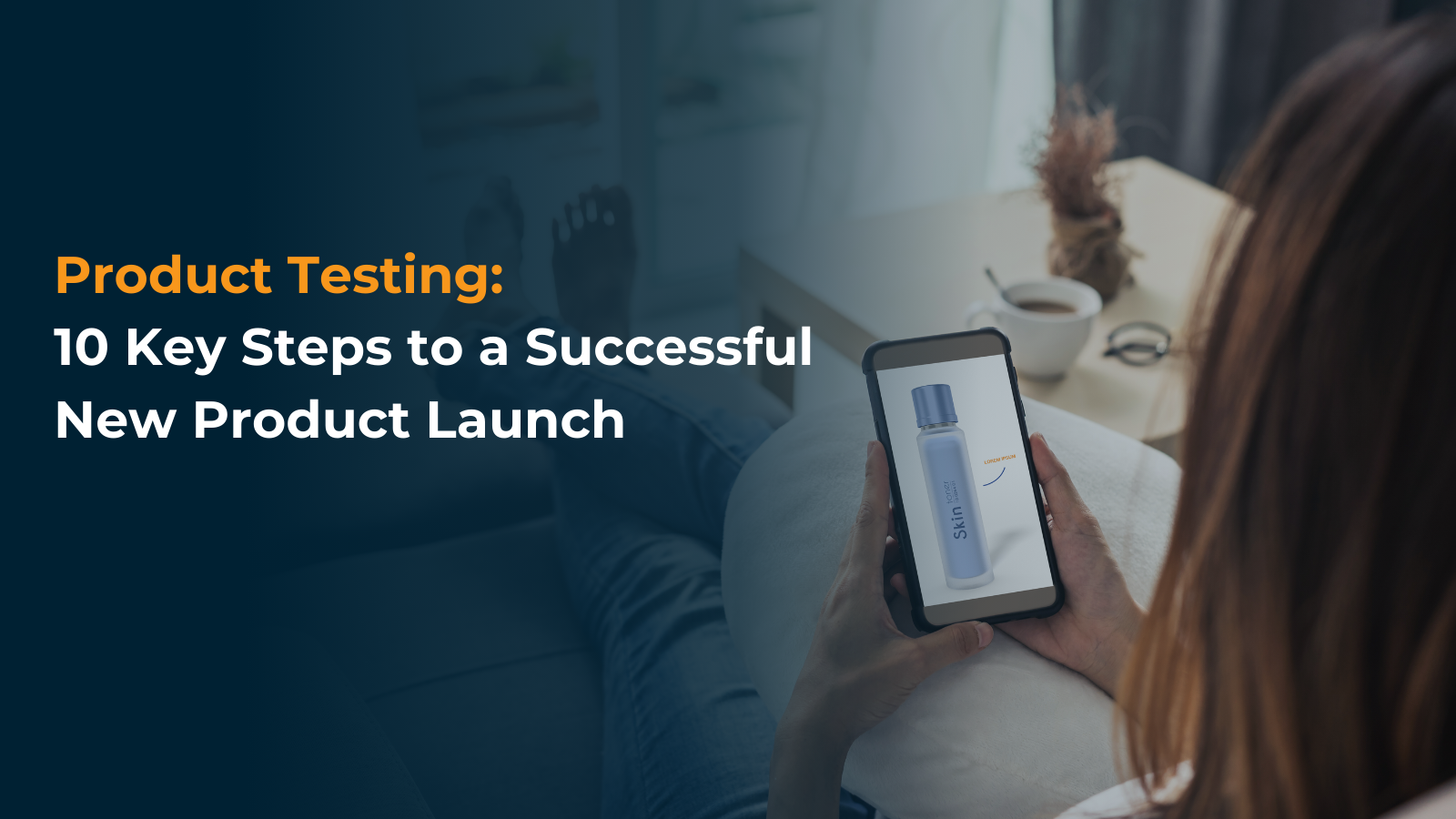A Virtual Look at the In-Store Shopping Experience

You can make the best products in the world and still have dismal sales numbers if you make one critical mistake: not catching customers’ attention at the shelf.
After all, if no one notices and then buys your products, no one will use them—and no one will fall in love with them or spread the word about how great they – or your brand – are.
So, how do you ensure that shoppers notice your products?
You study the consumer shopping experience. What products catch shoppers’ eyes? What options do they weigh? What do they want to know about those various choices before they make their decision—and what informs that decision?
Let’s look at what market researchers can learn from examining the consumer shopping experience and how they can gain the information they need.
What Companies Can Learn From Studying the Consumer Shopping Experience
Companies that take the time to study how people shop can learn a tremendous amount about how consumers are making purchasing decisions. What products do shoppers look at? What do they do with those products? Do they just compare prices, or do they investigate the products themselves more carefully? Do they read the directions on the bottle? Check the feel of the product or test its function? Unscrew the cap so they can smell the fragrance? And what products do they eventually put in their carts and purchase?
There’s also a second level of information that researchers can access by asking shoppers questions and listening to their answers. Why did they choose the products they ultimately bought? What factors went into that decision? What were they thinking and feeling as they examined various products and made their selections?
Companies that have a good grasp of the consumer shopping experience can use that information to:
- Improve their products.
- Change their labels to make them more informative, easier to read, or generally more helpful.
- Influence their products’ placement on the shelf.
- Update their products’ packaging.
- Inform their advertising strategy.
So, how can companies learn what customers are experiencing when they shop?
How to Conduct Market Research on the Consumer Shopping Experience
There are two main avenues available for studying the consumer shopping experience.
First, companies can take the traditional after-the-fact research approach: asking consumers to recall their last trip to the store, or what they usually experience when they shop. These studies may be conducted through:
- Online questionnaires and surveys.
- Virtual or in-person focus groups and phone calls.
- Intercept surveys as customers leave the store.
Post-shopping research is fairly easy to conduct, especially when it’s administered through an online survey or a virtual focus group. But there’s a drawback: shoppers probably won’t remember exactly what they thought or why they made the decisions they did, and they certainly won’t recall the details of every fleeting sensation and emotion they experienced.
Fortunately, there’s another option: in-store research. Companies may use eye-tracking devices to learn where shoppers direct their attention and how long they look at each area of the shelf. Are people studying the pricing information but only glancing at the products’ labels, or vice versa? Researchers can also accompany shoppers through in-person shopalongs, observing their behavior and asking questions about their experience in real time.
However, technological capabilities from smartphones have presented an even better approach: virtual shopalongs. In a virtual shopalong, researchers select the parts of the store they want to understand more about and design questions and tasks for the consumer to complete on their trip. The consumer then uses an app to record video of what they’re looking at and answer questions and discuss their decision process in-depth with a researcher. An added benefit is that researchers can also probe for additional information in the moment if they need more context or explanations. Virtual shopalongs provide just as much information as in-person shopalongs, but offer more flexibility for researchers and feel less intrusive for consumers.
Find Out What Your Consumers Experience at the Shelf
It’s critical to understand how your consumers feel when shopping in-store, and QualSights has the tools you need to find out. Our mobile qualitative insight platform lets you join customers at the shelf—or wherever they are—via video, so you can see what they’re seeing and hear what they’re thinking and feeling as they make their shopping decisions.
Interested in learning more about this capability? Reach out and schedule a personalized demo with our team!
 Mobile Qual
Mobile Qual 

